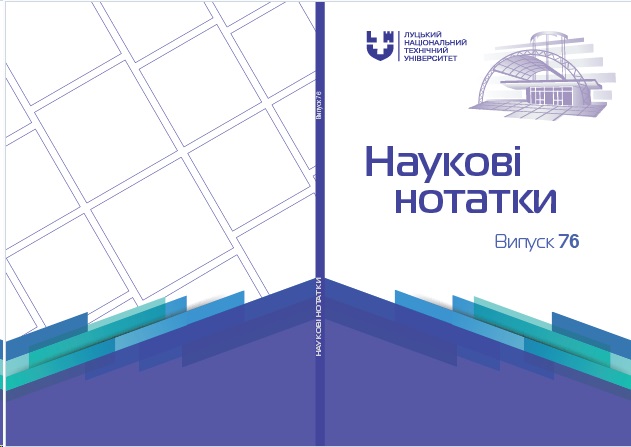AN EXTREME PROBLEM IN CONVOLUTIONS WITH TWO KERNELS
Abstract
We considered the situation when the integral equation with two kernels in convolutions has no solutions. Then a
problem constructed in convolutions with two kernels, formed on the basis of an integral equation and limited by minimal
functional dependence, becomes non-trivial. Where kernel functions belong to a certain class, there is a given function and a
sought function that belong to a subclass, the weight function is bounded above and below by positive constants.
In this work, the following method of solving this extreme problem is proposed. Using the solvability conditions of the
integral equation and denoting the expression under the modulus by the constant, we arrive at the problem of minimizing the
quadratic functional with the desired function and linear functionals under additional conditions.
In the paper, it is proved that the obtained extremal problem has a unique solution and this solution is found. Thus,
the paper shows the transition to a solvable equation with two kernels.
In Fourier images, this equation is reduced to the Riemann problem on the abscissa axis of the theory of analytic
functions and solved in quadratures. There is only one solution.
The paper provides an algorithm for solving the given extreme problem and an example. In the modern theory of
functions with a complex variable, one of the most important areas of research is the theory of boundary (boundary) problems
in classes of analytic functions and their various generalizations.
Convolution operators are often found in the study of linear systems. If certain signals are applied to the input of such
a system, the output signal is presented as a convolution of two functions. At the same time, one of the functions is called the
impulse response function, and its Fourier image is called the transfer function of the system. So, the given task can be
interpreted as follows: the impulse response function should be selected so that the signal at the output of the system would
differ as little as possible from the predefined function.
The results obtained in the course of the presented work can be used to develop approximate numerical and analytical
solutions to the problem.





